I Dig Sports
Nicholas Pooran joins Yorkshire for Vitality T20 Blast
Published in
Cricket
Thursday, 27 June 2019 00:07
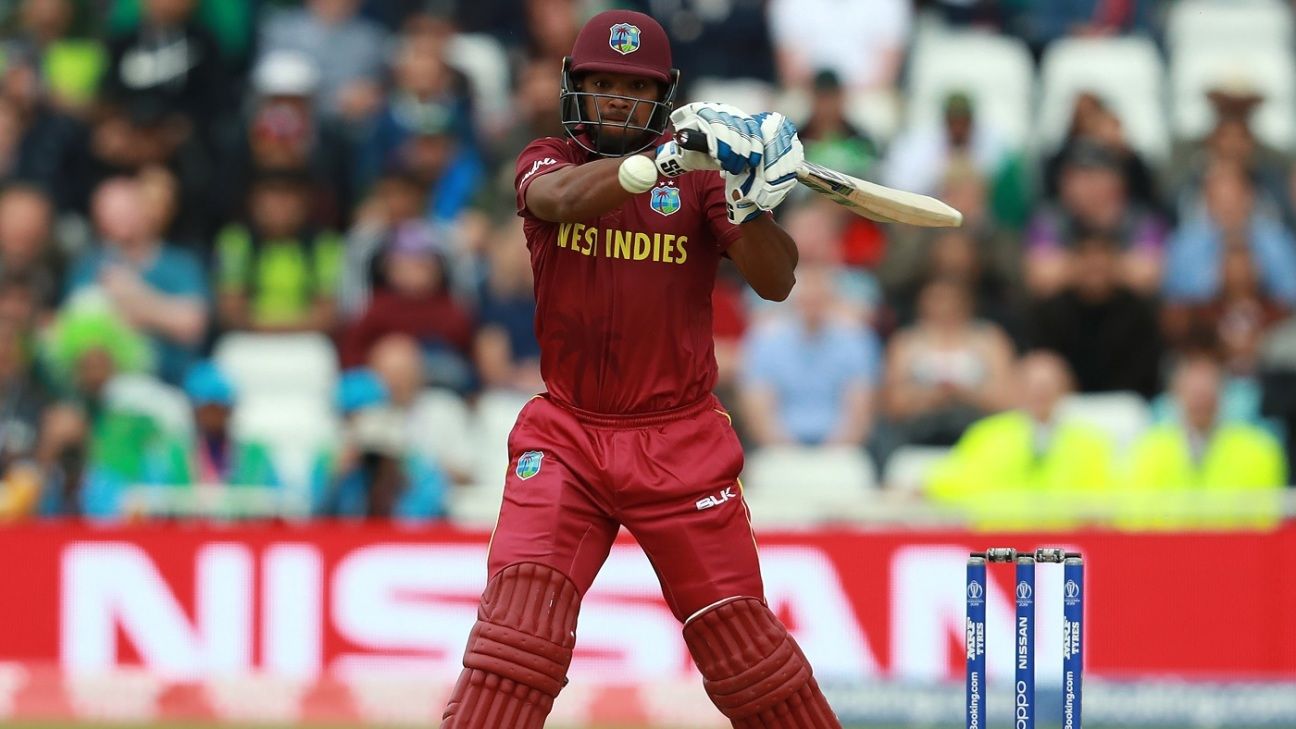
Nicholas Pooran will seek to banish memories of West Indies' unproductive World Cup by staying on in England to play five matches for Yorkshire in the Vitality T20 Blast.
Pooran was one of several rookie players that West Indies' captain Jason Holder had in mind when he called for them to become the heart and the soul of the team. That is what Yorkshire have in mind by calling up the Trinidadian with a view to improving a mediocre T20 record.
One aspect of the World Cup that has at least worked in Pooran's favour is that he has reached the requisite number of international appearances (15 over the preceding two years) during the West Indies' campaign to qualify for a visa as an overseas player in the tournament.
He has not had a bad World Cup, getting starts in four of his five innings, but his 63 against England at the Ageas Bowl is his only half-century for a West Indies side that is on the brink of elimination.
"It is hard work playing for different teams and still trying to be as professional as you can be," Pooran said. "You've just got to adapt and learn about different people's cultures and just try to be the best I can be for the team. It will be a new and exciting experience for me.
Pooran, who made his ODI debut in Bridgetown against England in February this year, will return to the West Indies setup in time for their home T20I series against India, which begins on August 3 in Florida. He has quickly established himself as one of the most explosive batsmen in limited-overs cricket with a strike rate of 140 in his 11 T20 internationals. He also top scored in the fledgling T10 competition in the UAE before Christmas, scoring 324 runs in nine matches for Champions Northern Warriors, including 33 sixes.
Martyn Moxon, Yorkshire's director of cricket, said: "Nicholas is an excellent young talent, although he is only available for a short period, we hope it will give us early impetus in the competition.
"Johnny Tattersall has been incredibly effective as a batter in limited-overs cricket, but he has played every game this season. He has now got three back-to-back Championship fixtures and only a couple of days between the end of the Somerset match and the start of the T20s.
"We're mindful of the workload of Tatts and we have been leaving things open to see how he was going. There are other areas we feel we need for the T20s, so Nicholas has been on the radar for some time. At some point we needed to make a decision on which path to take, so we decided to go for him, albeit for a short five-game spell."
Tagged under
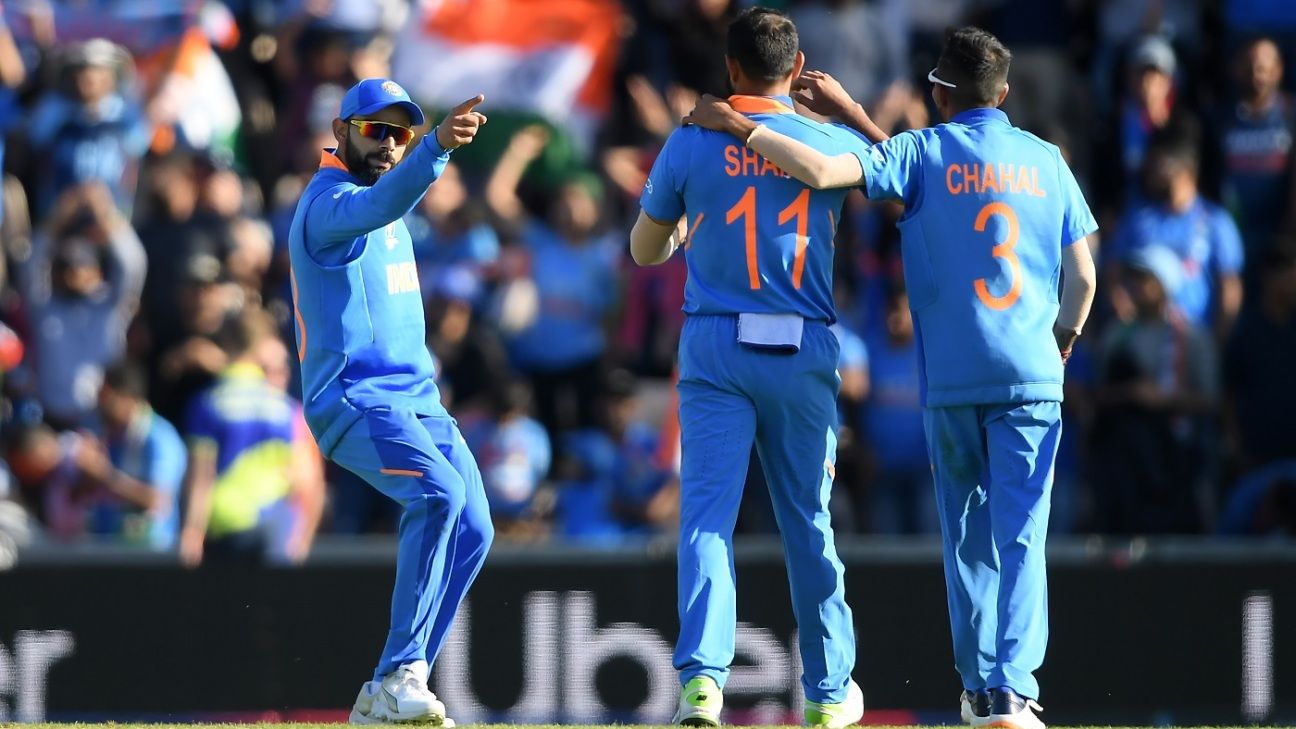
Catch all the updates, chatter and analyses from the India v West Indies game. Refresh the page if it doesn't appear immediately for you.
Tagged under
Vandy beats Michigan to win College World Series
Published in
Breaking News
Wednesday, 26 June 2019 20:38

OMAHA, Neb. -- Vanderbilt swept the Southeastern Conference regular-season and tournament titles, set the league record for wins, tied the record with 13 draft picks and lost back-to-back games just twice.
Now the Commodores are national champions.
Mason Hickman and Jake Eder combined for 14 strikeouts, Michigan ace Karl Kauffmann was knocked out in the fourth inning and the Commodores won the College World Series with an 8-2 victory in Game 3 of the finals Wednesday night.
Vandy (59-12) won its second title in four CWS appearances, all since 2011. The other championship came in 2014.
"I felt we were going to hit well. I felt we were going to play well. I thought this was going to be a nice night for the kids,'' Commodores coach Tim Corbin said.
Vandy freshman Kumar Rocker, who was dominant in two CWS starts, was selected the Most Outstanding Player.
Hickman struck out 10 in six innings and limited the Wolverines (50-22) to one hit after he gave up three in a row to start the game.
Kauffmann, making his third start in the CWS, struggled with his control, and Vandy broke open the game with three runs in the third inning and two more in the fourth.
When Ako Thomas flew out to center to end the game, the Vandy dugout and bullpen emptied and catcher Philip Clarke sprinted to the mound to embrace Eder.
During the postgame celebration, Vandy players invited Teddy and Susan Everett to join them on the stage set up behind home plate. Their son, Donny Everett, was a star freshman pitcher on the 2016 team and drowned before the start of that year's NCAA tournament. The seniors on this year's squad were his teammates.
"Those two mean so much to this program and all the players and the seniors,'' Commodores shortstop Ethan Paul said of the couple. "To this day, every time I look at Teddy, I think of Donny, and just being able to share that moment with them was something we all really wanted to do.''
The loss ended a surprising postseason for Michigan, which went from being one of the last four squads picked for the 64-team NCAA tournament to becoming the first Big Ten representative to play in the finals since Ohio State in 1966. It had been Michigan's first CWS appearance since 1984. The Wolverines last won the national title in 1962.
1:56
Vandy coach Corbin thanks his seniors
Vanderbilt head coach Tim Corbin is thrilled for his seniors after winning the College World Series because of how much they've been through in their careers.
"They have inspired future generations of Michigan baseball players with the belief that winning a national championship is possible,'' Wolverines coach Erik Bakich said. "The only way you can have an Omaha program is to have an Omaha team. This is very much a tipping point for us.''
Michigan staved off elimination in the first two rounds of the national tournament after squandering leads. The Wolverines knocked off No. 1 national seed UCLA to reach the CWS.
"We were hoping it would end in a better way,'' Michigan first baseman Jimmy Kerr said. "We'll look back -- maybe not in a week or in a month -- but down the road it will be fond memories.''
Bakich was an assistant to Corbin from 2003 to 2009 at Vanderbilt, and the two remain close friends.
"He's put together a remarkable year with those guys,'' Corbin said. "Where they came from ... they gave us everything we wanted and more.''
Vandy is the sixth national champion from the SEC since 2009 and 12th overall, second only to the 18 won by the Pac-12 and its previous iterations. At No. 2, Vandy became the highest national seed to win it all since Miami in 2001.
Hickman gave up three straight singles to start the game, leading to Michigan's first run. He retired nine of the next 10, striking out six, and got out of trouble when the Wolverines loaded the bases in the fourth. He retired the last six he faced before turning the game over to Eder.
Hickman fanned nine or more in five of his final six starts and allowed one or fewer runs in nine of his last 13.
Though the Commodores brought to Omaha an offense ranked in the top five nationally in the major categories, it was pitching that carried them for most of their stay.
Vandy had eight runs on nine hits Wednesday, but its .221 average in six CWS games was the lowest for a national champion in the aluminum bat era that started in 1974.
Vandy got hits when it needed them in Game 3.
Pat DeMarco sent Kauffmann's hanging slider 407 feet into the left-field bleachers -- his seventh homer of the season and 100th for the Commodores -- to tie it at 1 in the second.
The Commodores scored three runs with two outs in the third. Two walks and a single loaded the bases, and Kauffmann walked in the go-ahead run. Stephen Scott singled in two more.
Kauffmann tied a career high with five walks. Jeff Criswell relieved him after Kauffman walked Ty Duval leading off the fourth, and JJ Bleday's single and Ethan Paul's sacrifice fly stretched the lead to 6-1.
Vandy pitchers combined for a 2.50 ERA over six CWS games. Hickman allowed one earned run and struck out 13 in 12 innings. Rocker, who threw the no-hitter in super regionals that already is part of college baseball lore, gave up two earned runs and fanned 17 in 12⅓ innings. The staff averaged 10.1 strikeouts per nine innings.
"I know our offense was celebrated for a long period of time, but you look at what happened in this tournament, and it was pitching and defense, and certainly starting pitching,'' Corbin said. "We won this in 2014, it was relief pitching. In this tournament, it was starting pitching.''
Tagged under
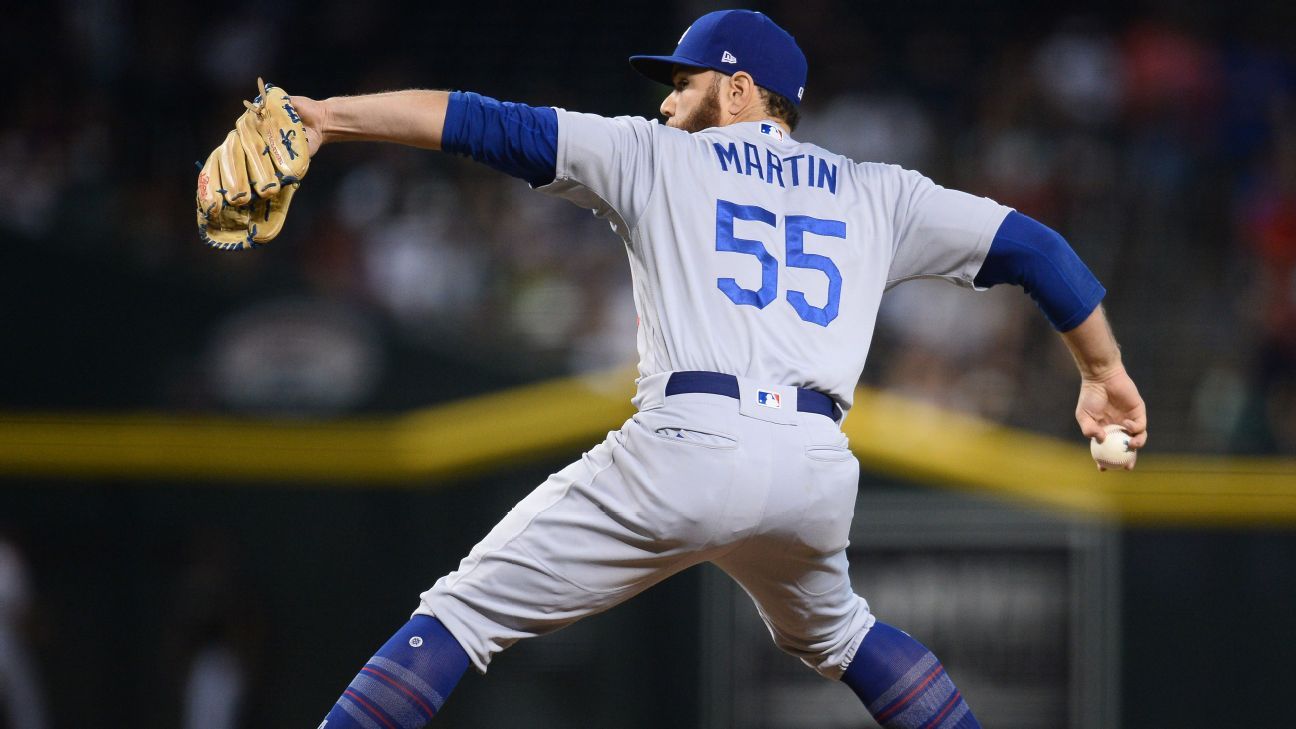
Catcher Russell Martin took the mound for the Los Angeles Dodgers for the second time this season and pitched a scoreless eighth inning -- with one strikeout -- in an 8-2 loss to the Arizona Diamondbacks on Wednesday.
Martin came in with the visiting Dodgers trailing 8-2.
"I felt like six runs was just ... you know, we're still in striking distance, so I was going to make them earn it," Martin said. "I gave them my best stuff."
Martin hit 90 mph on the radar gun. When asked by reporters if he knew he could throw that hard, Martin said, "Did I know? Um, I think I can squeeze an extra another mile or two if I really need it. I think I've been clocked throwing to second base 87, 88. So I figured that I could probably touch 90."
Martin, 36, pitched a scoreless ninth against Arizona in an 18-5 rout at Dodger Stadium on March 30, needing only 10 pitches to close out the Diamondbacks.
He estimated then that it had been nearly 20 years since he'd most recently pitched.
Tagged under
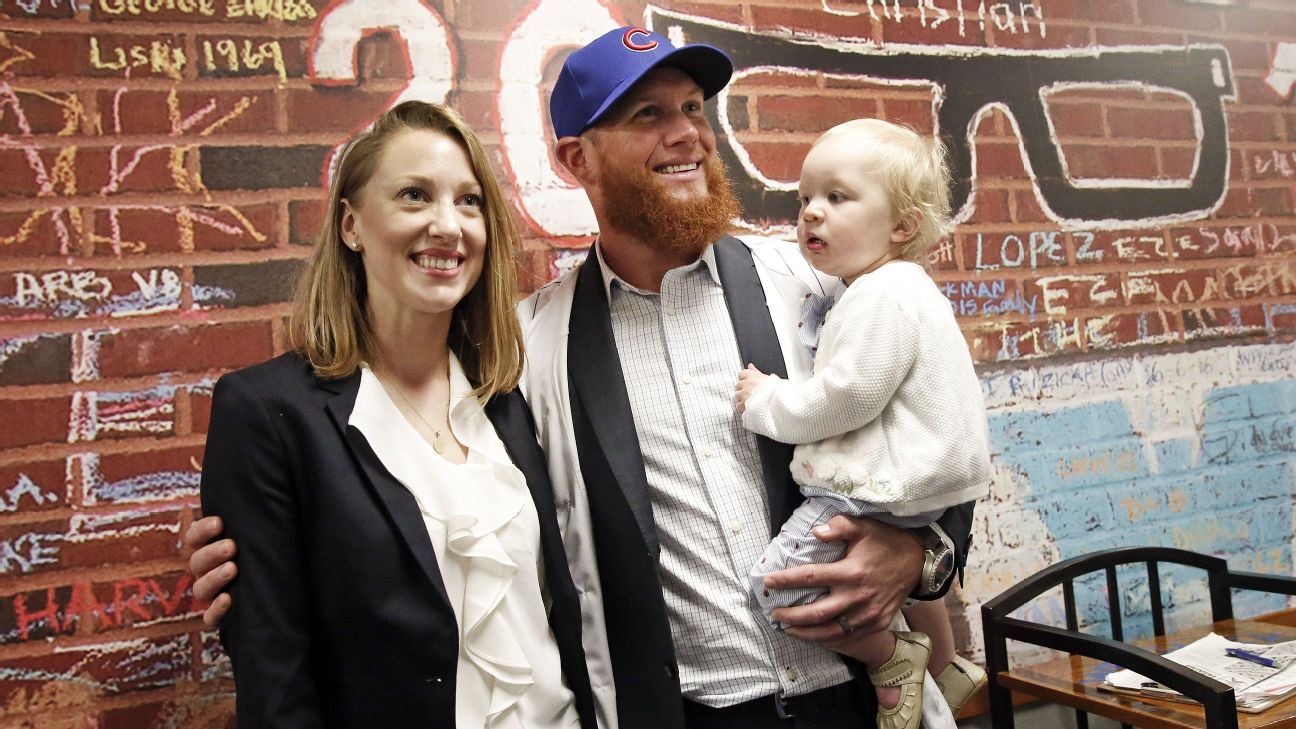
CHICAGO -- Craig Kimbrel will be added to the Chicago Cubs' roster Thursday before their series finale against Atlanta at Wrigley Field.
The team made the announcement following Wednesday night's 5-3 loss to the Braves.
Kimbrel, a seven-time All-Star closer, completed his minor league assignment Tuesday and traveled to Chicago on Wednesday. He pitched in four games for Triple-A Iowa, allowing one run and two hits in 3⅔ innings. The right-hander worked a clean ninth with two strikeouts Tuesday in Iowa's 5-1 victory over Omaha, throwing 16 pitches.
Kimbrel and the Cubs finalized a $43 million, three-year contract on June 7. The 31-year-old reliever has 333 career saves, including 42 last season for World Series champion Boston.
To make room on the 25-man roster, right-hander Tony Barnette was optioned to Iowa.
Tagged under
Vargas talks dispute: 'All the info isn't out there'
Published in
Baseball
Wednesday, 26 June 2019 22:27
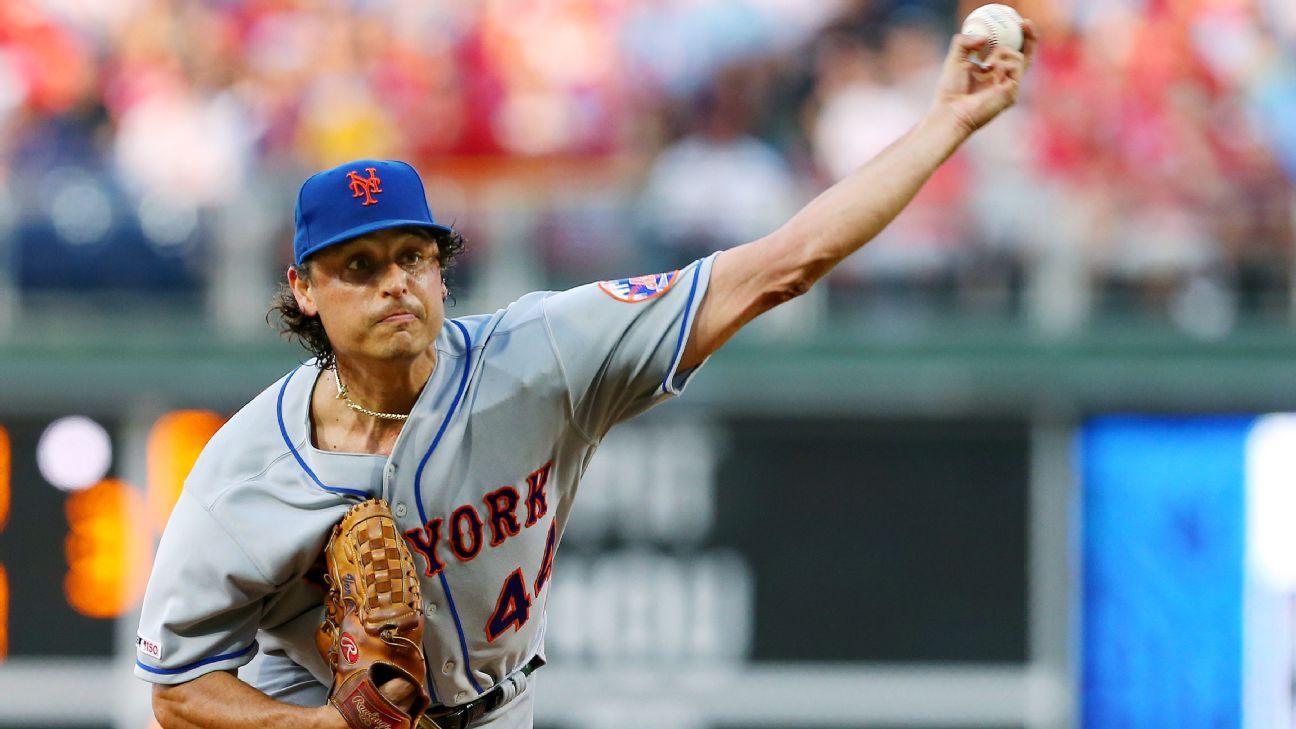
New York Mets left-handed pitcher Jason Vargas started -- and answered questions -- for the first time since being fined for an expletive-filled confrontation with a reporter, and said he doesn't believe that "all the information" is out there.
Vargas had to be restrained from going after a Newsday beat writer in the Mets' clubhouse following a loss on Sunday at Chicago's Wrigley Field. He called it "an unfortunate distraction'' on Monday.
On Wednesday, after the Mets' 5-4 loss in 10 innings to the host Philadelphia Phillies, the 36-year-old hurler was asked for an explanation of the incident.
"It was an unfortunate confrontation," said Vargas, who allowed two runs and struck out 10 in 6⅓ innings. "I don't think all the information is really out there. I don't think this is a time to get into that. But I think that anybody that knows me, anybody that has played with me, there's never been a situation like that. So to think it happened out of the blue, it's foolish.''
Vargas declined to explain what he meant.
"It's over,'' he said. "Our organization made a statement. We put an end to it. But I think it's pretty obvious all the info isn't out there.''
Mets manager Mickey Callaway also was fined for his involvement in the verbal confrontation. He apologized Monday.
Sunday's incident followed a tense postgame news conference, during which reporters asked Callaway repeatedly about his decision to stick with reliever Seth Lugo during the eighth inning instead of going to closer Edwin Diaz. Lugo allowed a go-ahead three-run homer to the Chicago Cubs' Javier Baez.
After the news conference, Callaway walked past the Newsday reporter, Tim Healey, and other reporters in the clubhouse. Healey said to Callaway, "See you tomorrow," and Callaway responded by calling Healey a "m-----f-----." Callaway walked away and then returned, cursing at Healey again and telling him to leave the clubhouse.
"I thought he was leaving for the day, so I said, 'See you tomorrow, Mickey,'" Healey said. "And then he said, 'Don't be a smart-ass.'"
"I tried to tell him I didn't mean anything by it," Healey added. "I was just saying, 'I'll see you tomorrow.' And then he said, 'Get this guy out of here,' and that got the attention of Jason Vargas."
Vargas stared down Healey and shouted at him, including saying, "I'll knock you the f--- out, bro," according to a Yahoo Sports account. Vargas eventually tried to move toward Healey but was held back by teammates, including Carlos Gomez and Noah Syndergaard.
The Associated Press contributed to this report.
Tagged under

Competing in women’s singles class 1-3, the no.2 seed, she opened her account in the group stage by beating the host nation’s Nahed Abdel Latif (11-1, 11-2, 11-5), before experiencing defeat at the hands of Emmanuelle Ferrier of France (11-9, 12-10, 10-12, 8-11, 11-5).
Emmanuelle Ferrier duly overcame Nahed Abdel Latif (11-7, 11-2, 11-0) to secure first place and a direct entry to the semi-finals; for Nergiz Altintas it was runners up spot and a quarter-final encounter against India’s Sonalben Manubhai Patel. She duly prevailed (11-8, 8-11, 11-8, 11-3) and now meets Sweden’s Anna-Carin Ahlquist in the penultimate round; Anna-Carin Ahlquist duly secured first position in her group. In the opposite half of the draw Emmanuelle Ferrier faces, Hatice Dulman, the no.3 seed and like Nergiz Altintas from Turkey.
One surprise and in the women’s singles event there was one more, in a group organized class 11 event, Indonesia’s Ana Widyasari, the top seed, experienced defeat at the hands of colleague Lola Amalia (12-14, 11-6, 11-9, 11-2); impressively, Lola Amalia remained the one unbeaten member of the group.
Otherwise, as with Anna-Carin Ahlquist, the top seeds all ended the day without defeat; in the women’s singles event, gold medal hopes remain very much alive for Korea Republic’s Jung Younga (class 4-5), Kelly van Zon of the Netherlands (class 7) and Thu Kamkadomphu of France (class 8) as they do for Turkey’s Neslihan Kavas (class 10).
Similarly, in the men’s singles competitions, the most prominent names in action all enjoyed success. In the wheelchair categories Egypt’s Ahmed El-Mashy (class 1-2), Germany’s Thomas Schmidberger (class 3), Turkey’s Nesim Turan (class 4) and colleague Ali Ozturk (class 5) all enjoyed a trouble free day.
Meanwhile, in the men’s singles standing competitions it was no different. Thailand’s Rungroj Thainiyom (class 6) and compatriot Phist Wangphonphathanasini (class 8) remained unbeaten as did Jean-Paul Montanus of the Netherlands (class 7), Belgium’s Laurens Devos (class 9) and Indonesia’s David Jacobs (class 10). Similarly, in men’s singles class 11 for players with a learning disability, Korea Republic’s Kim Changgi ended the day the only unbeaten player in a group organized event.
The individual competitions conclude on Thursday 27th June.
2019 Para Egypt Open: Latest Results and Draws
Tagged under

Major League Soccer will become the first major American sports league to sell jersey sponsorship and stadium naming rights to companies in the sports betting and spirits industries.
While MLS had previously allowed such sponsorship for beer and wine companies, recent developments, including last year's U.S. Supreme Court decision that allowed states to legalize sports gambling, paved the way for the league to expand its rules regarding sponsorship.
In addition to allowing such sponsorships on the front of jerseys, MLS will begin selling sponsorships on the sleeves of its team's jerseys starting next season. Teams can also grant rights to sports betting companies to advertise within stadiums, during broadcasts, as well as have in-stadium betting, though such rights are subject to state law.
One league guideline indicates that all advertising for sports betting or spirits must be directed to an age-appropriate audience.
The aim of the changes, which were approved at the MLS Board of Governors meeting last month, is to increase fan engagement as well as revenue.
"The legalization of sports betting, and just the changing landscape of social mores and how the line between spirits, beer and wine is starting to dissolve, we felt that now was an appropriate time to make some adjustments," said Carter Ladd, the MLS VP of business development.
The move does come with some restrictions. Ladd added that MLS won't allow for sports betting companies to "access athletes," meaning there wouldn't be billboards with the athletes in conjunction with a sports betting sponsor, or run television ads featuring a player and a sports betting company.
"It would have to be more of an overarching integration with the club," he said.
Ladd added that spirits companies will only be allowed to use players over the age of 21 in their advertising.
The sight of sports betting companies on the front of jerseys has long been a staple of the sport in Europe. Ladd added that this connection overseas paved the way for MLS to adopt the change.
"Having sports betting companies on the front of jerseys is part of the fabric of the game internationally," said Ladd. "We want to be at the forefront of it here within North America and touch on the international relevancy of our sport."
Tagged under

Benfica says Atletico Madrid has made an offer of €126 million to sign teenage forward Joao Felix, touted in Portugal as a possible successor to Cristiano Ronaldo.
The transfer would be one of the most expensive ever in football, with a higher price tag than what Juventus paid Real Madrid for Ronaldo -- nearly €100m -- last year.
Benfica said on Wednesday that the club was evaluating the offer, which would give the club a net value of €120m, equivalent to the player's buyout clause.
- When does the transfer window close?
Atletico is expected to receive that same amount for the sale of France forward Antoine Griezmann, who announced at the end of the season he was leaving the Spanish club.
The 19-year-old Felix made his debut with Portugal's national team at the inaugural UEFA Nations League earlier this month. He played with Ronaldo in the team's opener but was on the bench for the rest of the tournament that host Portugal eventually won.
Felix began drawing comparisons to the 34-year-old Ronaldo after making a rapid rise through the youth squads of Benfica. He debuted with the first team in August and quickly established himself as a regular starter for the Portuguese champions.
Extremely skillful and a gifted scorer, Félix was the youngest player to appear in Benfica's "B" team, at 16. He was also the youngest to score at the team's Stadium of Light, at 18, and the youngest to score a hat trick in the Europa League, at 19, after the competition was rebranded in 2009.
Tagged under
Neesham's defiance a significant moment in his comeback story
Published in
Cricket
Wednesday, 26 June 2019 18:06
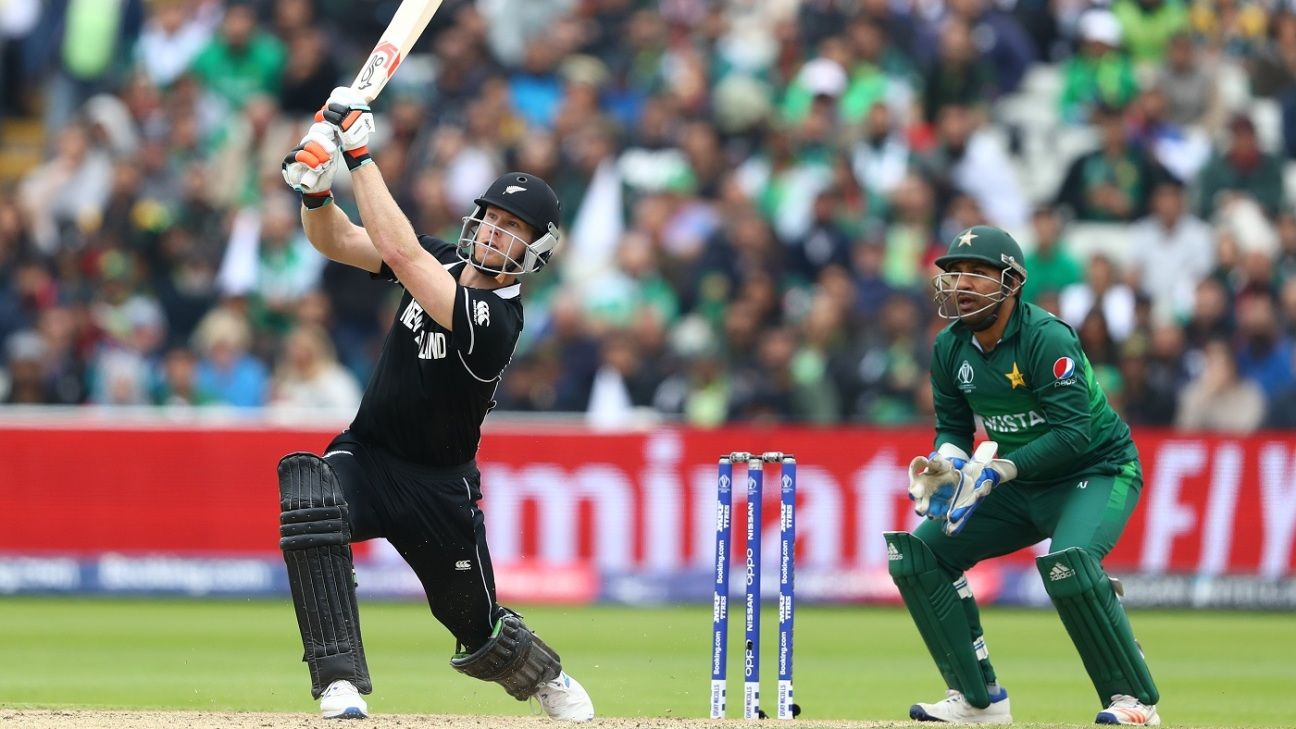
Jimmy Neesham likes to call it the "fastest 47" in ODI cricket, and he's not wrong. After having being in the funk for two years, almost having given up on cricket and then setting himself right, Neesham came back to smack 47 off 13 balls against Sri Lanka on his return. That innings, he says, was 18 months in the making, a reward of all the hard work he had put in when he was away. Yet it was just a score of 47 in a career whose highest score was 74.
The chance to play this World Cup, he admits, was sooner than he expected when he set on path to recovery. He was more philosophical about success and failure. He had now learnt to deal with personal failures much better by looking at his efforts through the team of the prism. He was happier nicking off first ball if New Zealand won than scoring a hundred in a defeat. Deep down, though, there must have been some desire to prove himself in more trying circumstances than walking in at 316 for 5 and smashing the ball around.
It is not ideal but this World Cup has provided him these challenges. There was the tense chase against Bangladesh where he ended up holing out to long-off. They lost two wickets in the first over against West Indies where he did better and added 41 for the fifth wicket Kane Williamson for the fifth wicket and himself ended up with 28 off 23 balls.
WATCH on Hotstar (India only) - Jimmy Neesham's unbeaten 97
At Edgbaston against Pakistan, though, Neesham found himself with a much bigger task. He walked in to join Williamson at 46 for 4, and would soon lose Williamson too. In difficult batting conditions, he battled through, especially when facing the red-hot Shaheen Shah Afridi, and ended up unbeaten on a career-best 97 to give New Zealand a competitive score of 237. This was the longest innings of Neesham's 55-match career. It must give New Zealand some confidence as they continue to struggle with their openers.
On a personal level, that has to feel satisfying. "I'm pretty tired now," was Neesham's immediate reaction after having bowled three overs to go with it. "That's sort of my emotions at the moment, I think. Yeah, obviously, I suppose there's external noise about whether you have the ability to guide an innings like that, and I sort of have the belief in my own ability that I have the ability to come out at 40 for 4 and guide our team to 200-plus and also the ability to come out at 310 for 3 with two overs to go. So it's just about putting it out there, I suppose, and having belief in your own processes.
READ MORE: Second spinner might have helped New Zealand, admits Santner
"Obviously, we had a large period of time where we had to soak up pressure. That was the nature of the wicket and the nature of the bowling attack. We certainly had a belief, if we could get through that hard period, we'd be able to score some runs at the back end, and obviously that's what ended up happening."
Neesham did soak up all the pressure, getting beaten multiple teams by Afridi, but then turning it on towards the end. He scored 26 off the first 58 balls he faced followed by 71 off the next 64. This was a near perfect rearguard in conditions ideal for both seam and spin, for which he was congratulated by Pakistan fielders even as he walked off in the innings break. He, in turn, sought out Afridi to congratulate for the spell he had bowled.
However, Neesham was not willing to draw too much pleasure out of the knock. "It [this innings] is something I'll probably reflect on after the tournament is finished," Neesham said. "I think, obviously, the whole point of trying to graft out our partnership like that is to try to get ourselves in a position to win the game. I feel like we potentially did that. We potentially had a score that was defendable. Obviously, in a game where you lose, you don't take a whole lot of pleasure out of stuff like that."
Tagged under















 Phone: (800) 737. 6040
Phone: (800) 737. 6040 Fax: (800) 825 5558
Fax: (800) 825 5558 Website:
Website:  Email:
Email: 






